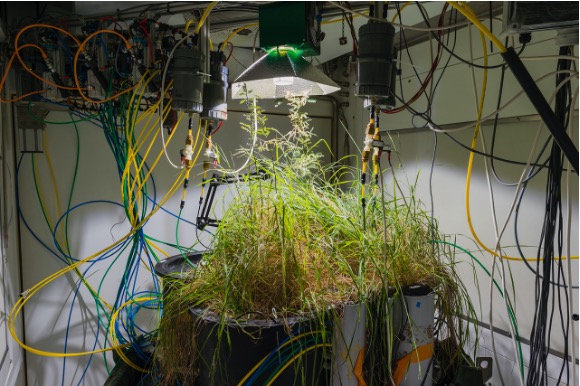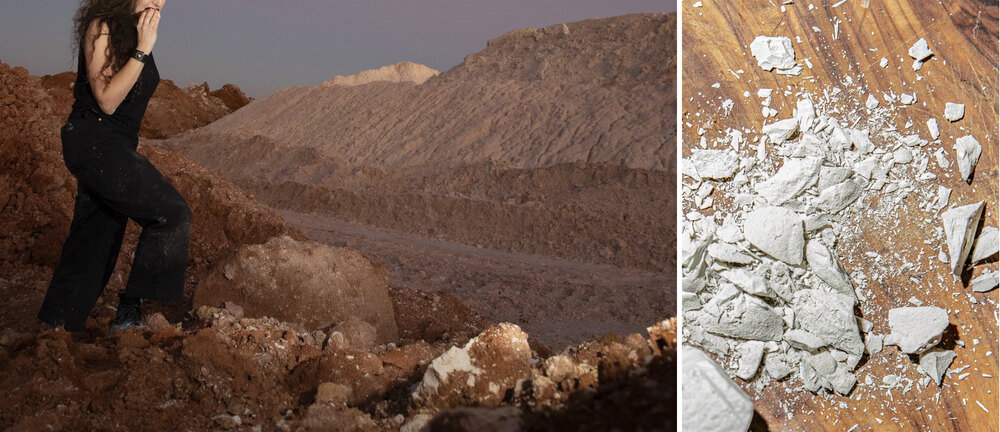The Ecosystem Multiple: Navigating the Transatlantic Fate of Biosphere 1 ½

It is late March 2022, and as always the weather is sunny in Tucson, Arizona. But a big meeting gathers a binational party inside an air-conditioned building on campus. For the first time since the onset of the Covid-19 pandemic, French scientists from the National Center for Scientific Research (CNRS) were able to come meet their counterparts of the University of Arizona (UA), to celebrate the launch of a partnership between the two institutions, which started officially in 2021. Through this partnership, the two parties hope to foster collaborative, complementary research, especially on the theme of the environment. One highlight of the collaboration is the potential for joint projects making use of a facility called Biosphere 2. (read more...)







